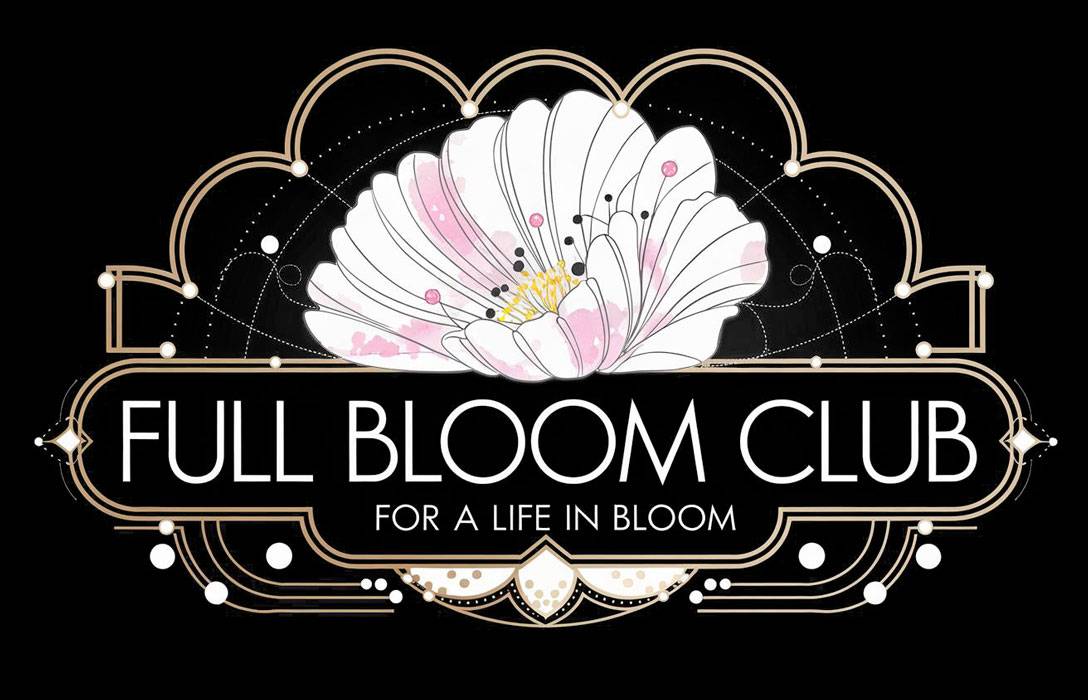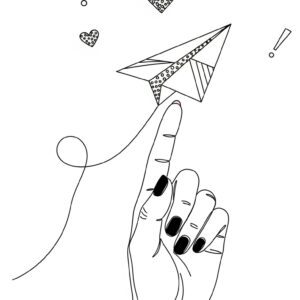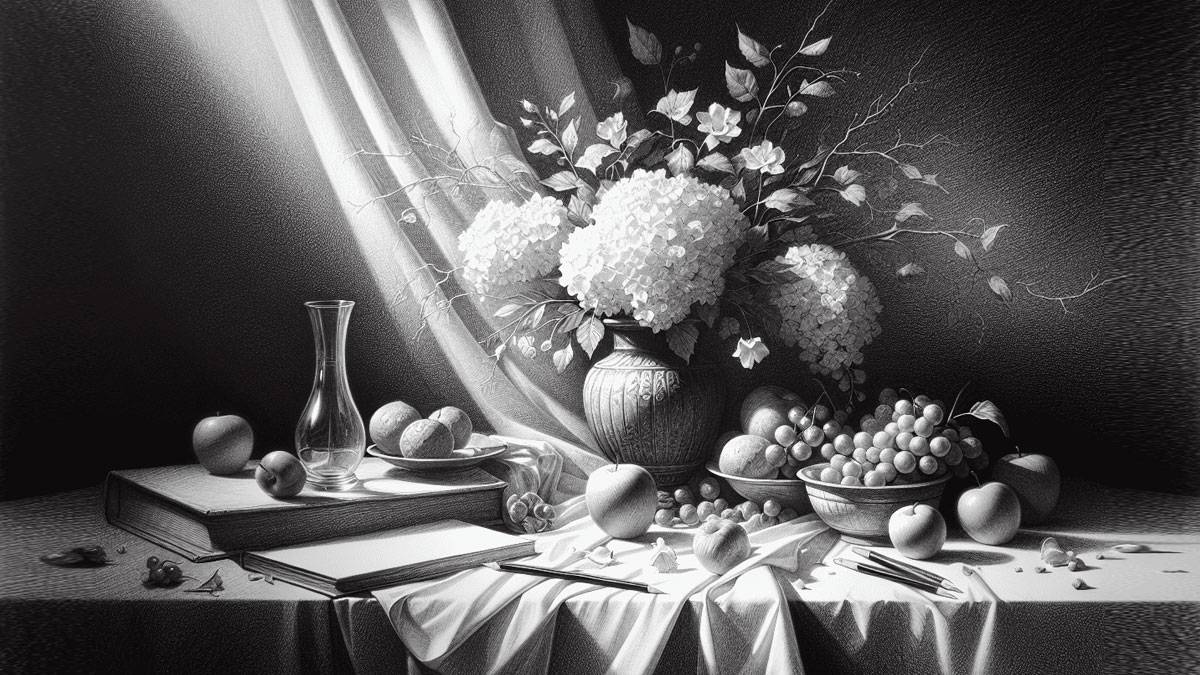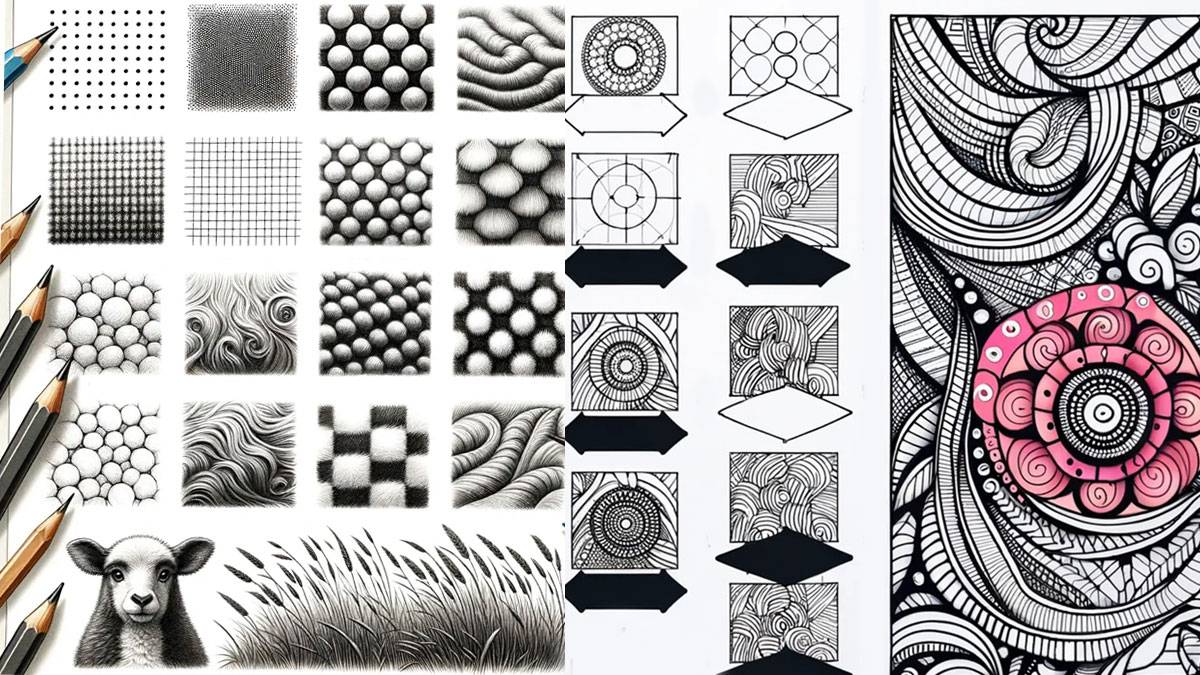Moon Mandala Meaning & Symbolism
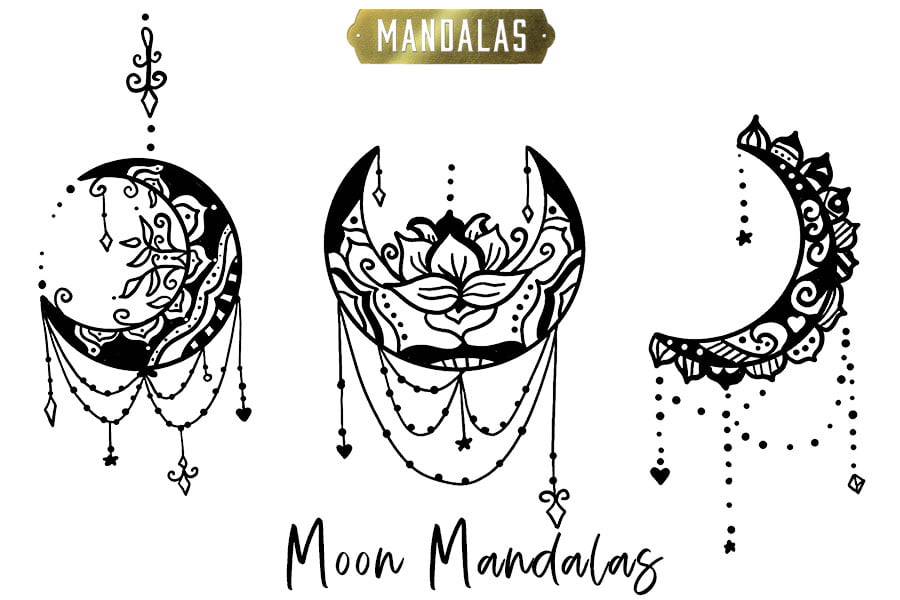
If you’re in love with mandalas and all their representations, you’ve probably ever heard of the moon mandala; very similar in design to the rest of mandalas, but totally different in terms of their symbology and history.
The moon mandala are a very important symbol both within the Buddhist tradition and history, and within the traditional symbology of the Native Indians of North America; while for the Buddhists it is a form commonly represented alongside the Buddha, Native Americans use them along with other symbols to decrypt people’s personalities based on their date of birth.
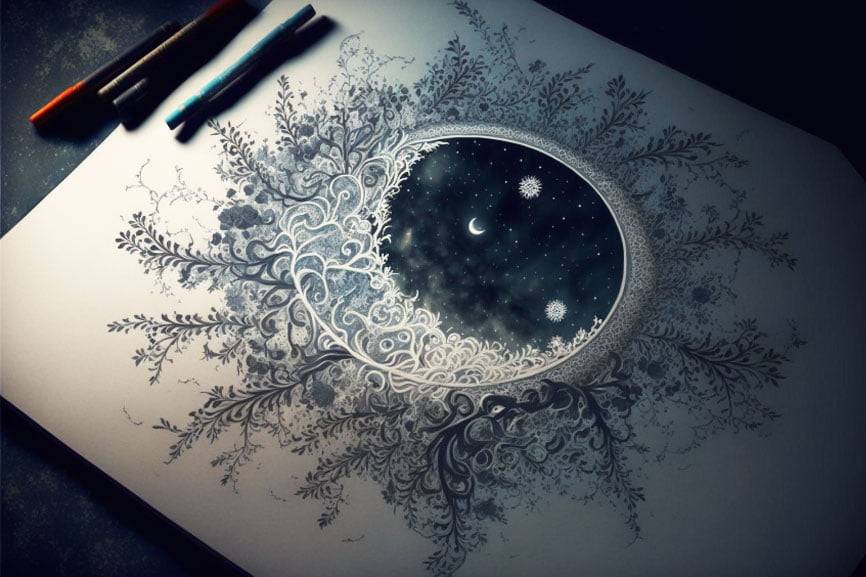
Whatever use you seek to make of your moon mandala, this mystical and beautiful object is filled with hidden mysteries and symbols worth discovering.
Therefore, when we find the Buddha represented we will always see him sitting on these three great symbols; which arouse the admiration and mystery of everyone who sees them.

Meaning of the Moon mandala
Within Buddhism the Moon mandala is a very important symbol, since it represents the Bodhichita and means “mind of enlightenment.” In turn, the word Bodhicitta comes from the Sanskrit: “Bodhi” means enlightenment and “Chita” means mind.
However, the true importance of this symbol is given by its place within the Buddhist tradition, since the bodhichita or lunar mandala is part of the three main paths of Buddhism: renunciation, bodhichitta and emptiness. Renunciation is represented by the flower of Lotus ( which also has its own mandala and you can read about it here), bodhichita is the moon mandala and emptiness is the sun.
Meaning of the Moon mandala in function of the lunar phase
Did you know that depending on the lunar phase that is represented in the mandala, its function and meaning change?
Next, we will tell you all the possible meanings of a lunar mandala depending on the lunar phase that has been drawn in its design:
New moon
The lunar mandalas that are in new moon announce changes, prosperity and hope; new moon, new life.
Full Moon
The full moon represents abundance, fullness and success. It is common to use this type of mandalas in marriage rooms looking to be parents and enjoy their sexuality.
Crescent Moon
A moon mandala with a crescent moon is a symbol of learning, creativity and change. Therefore, it is very common to see these mandala designs in work studios, art workshops or schools; it promotes personal growth and self-improvement in all areas.
Waning Moon
The waning moon symbolizes liberation and the end. It is often associated with sudden changes and leaving the past behind so that we can embrace all the new things that will disappear from our future.
These mandalas are the symbol of the love of life and of the constant struggle against the suffering and adversities of everyday life.
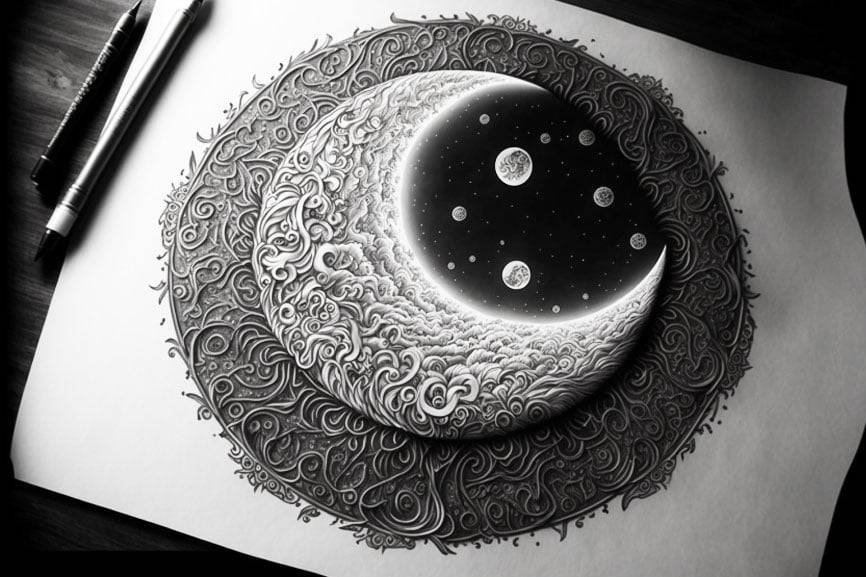
Meaning of the Moon mandala according to the Native American Tradition
On the other hand, the Native American tradition also has its own symbology regarding these mandalas, because when combined with other symbols they are able to predict coming events and determine the personality of people according to the day they were born; a traditional zodiac variable that is governed by the moon and the complements that are drawn at its side.
The following are the main meanings of the moon mandalas according to the month of the year:
January
When depicted in a mandala to the moon next to a wolf symbolizes the month of January and the lunar sign of the wolf.
February
The month of February is depicted with a snowy lunar scene.
March
The raven in a lunar mandala comes to represent the month of March and the moon sign of the crow.
April
April in the lunar mandalas is drawn with a moon surrounded by branches and three pine cones.
May
The month of May is depicted with a full moon of sunflowers, honoring the first day and the flowering season.
June
For those born in June they are depicted with a moon mandala surrounded by strawberries.
July
The month of July is considered the month of the thunder moon, so a moon mandala for this month will always present a design full of rain, lightning and clouds.
August
August is the month of the sturgeon moon. This month’s moon mandalas will always be accompanied by fish around the moon.
September
September is the month of the harvest and the beginning of the harvest, so those born under this sign will have a moon mandala with a representation of wheat.
October
The moon mandala of October represented by the moon of the hunters. Therefore, this mandala will have a design of a moon with a bow and arrows.
November
November is the month of autumn and the woods, so those born this month are depicted with a moon mandala in which a beaver comes out.
December
The moon mandalas of December symbolize the cold moon, the arrival of winter and the snowstorms. Therefore, a moon mandala of December will be represented by a moon full of snow and icy snowflakes.
In conclusion, the moon mandalas are charms full of tradition with unmatched beauty and meaning. If you like to collect cult and spiritually useful items, a moon mandala is the one to have!

Symbolic meaning of the Moon mandala in many traditions
A moon mandala is a symbolic representation of the moon, often depicted within a circular design. The moon is a powerful symbol in many cultures and has a variety of meanings and associations.
In many traditions, the moon is associated with femininity, intuition, and the subconscious. It is often seen as a symbol of change and cyclicality, as the phases of the moon represent the passage of time and the changing of the seasons.
The moon is also associated with mystery and the unknown, as it has long been a source of fascination and wonder for humans. In this sense, the moon can represent the hidden aspects of ourselves and the mysteries of the universe.
In terms of symbolism, the moon mandala can represent these various associations with the moon. It can be used as a tool for meditation, helping the viewer to connect with their inner selves and tap into their intuition. It can also be used as a way to honor and connect with the natural world, as the moon is a powerful force in the cosmos.
To learn more about types of mandalas and how they are present in many cultures you can read this post.

